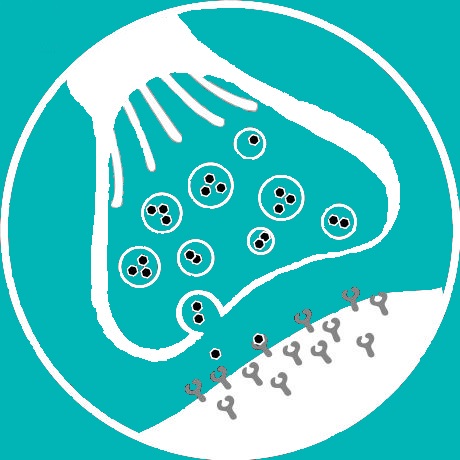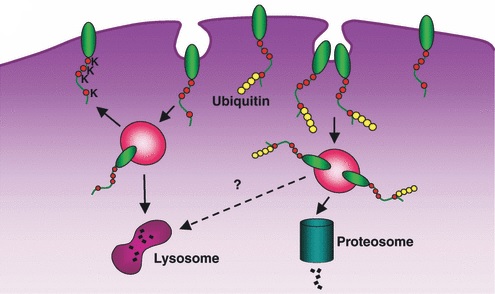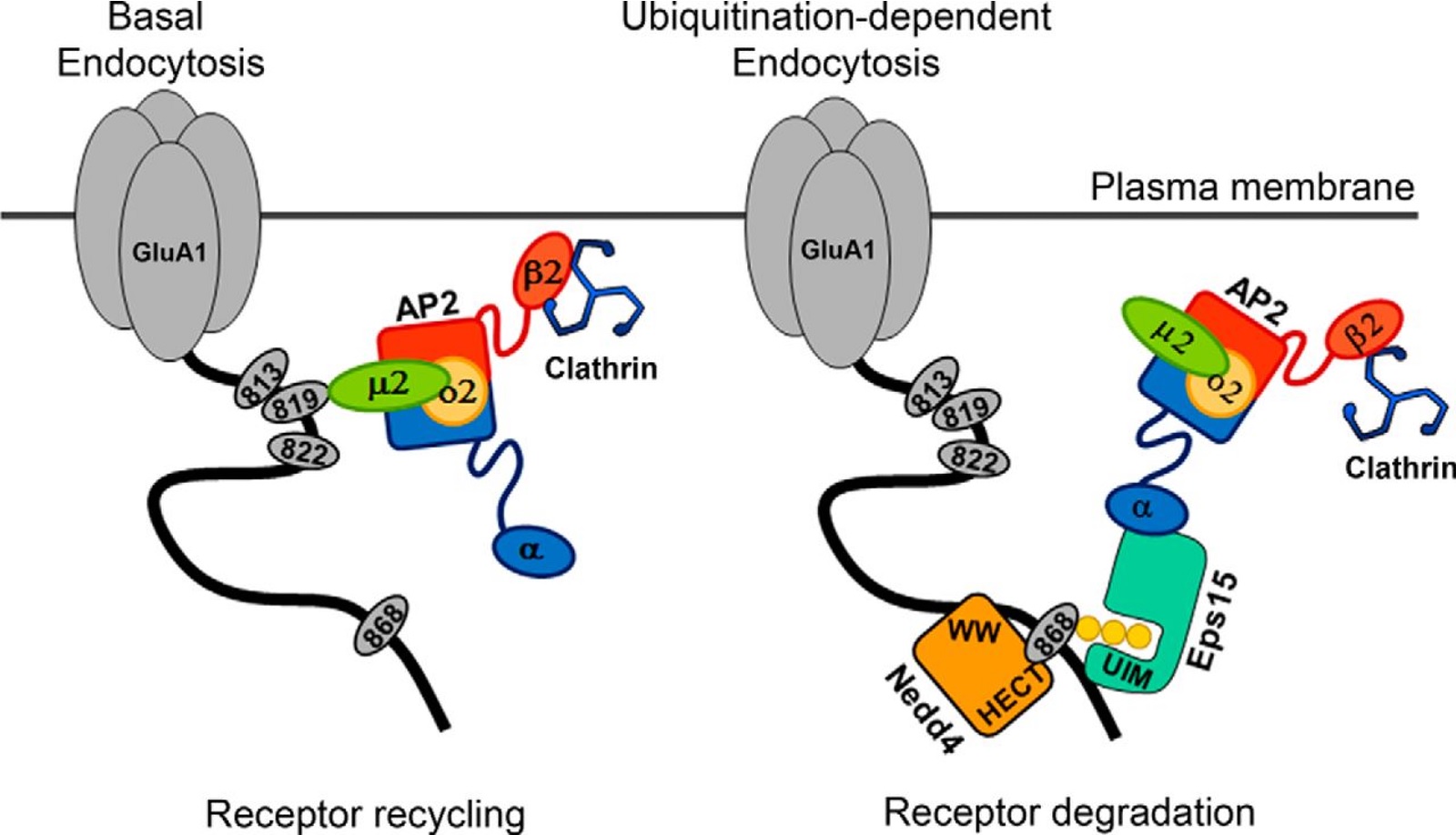 AMPA Receptor
Trafficking and Turnover
AMPA Receptor
Trafficking and Turnover



Mechanisms Underlying Synaptic Plasticity
AMPA receptors (AMPARs), a subtype of glutamate receptors, mediate most of the excitatory synaptic transmission in the central nervous system. Studies have shown that AMPARs are undergoing constant trafficking between the plasma membrane and the intracellular compartments). Regulation of these trafficking processes will change AMPAR abundance in synapses and thus alter the strength of synaptic activity, which is believed to be the underlying mechanism of some long-term synaptic plasticity.
A major cellular mechanism employed for synaptic plasticity is to alter the abundance of neurotransmitter receptors at the postsynaptic domain . In the brain most excitatory synaptic transmission is mediated by glutamatergic receptors, including AMPARs and NMDARs. Synaptic localization of glutamate receptors can be dynamically regulated by various forms of vesicle-mediated protein trafficking, including receptor internalization, insertion, recycling, and lateral diffusion. Not only are these dynamic processes executed to regulate, but are also regulated by, neuronal and synaptic activity.
 ResearchGate
ResearchGate Google Scholar
Google Scholar Boston University
Boston University